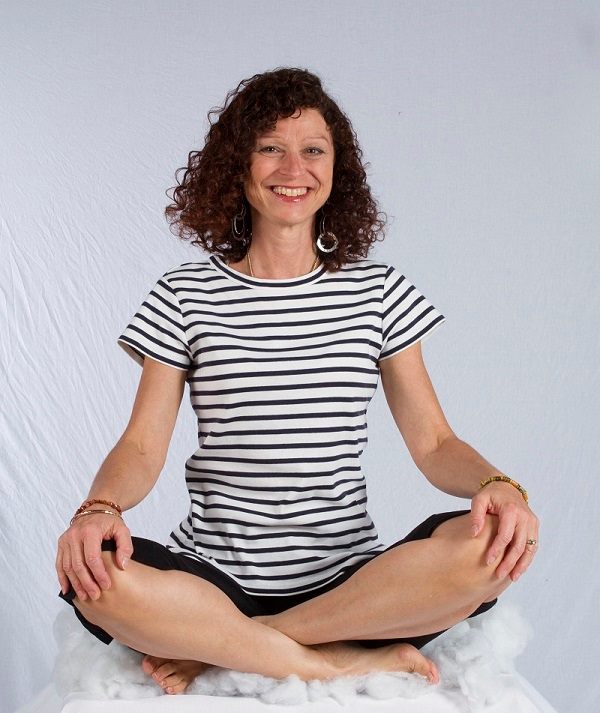Recently, the topic of mindfulness and meditation has been showing up in nearly every arena of my life; the Universe works in wonderous ways.
Last Monday morning, the ‘day after’ the Peace Weekend (for which the preparations had occupied much of my time throughout the month of March) I realized it was time to get back into a ‘sitting’ practise. On a daily basis, I do my best to make meditation a part of my routines and chores, not just an event of sitting on a cushion… and my awareness that there is value in the ‘sit and meditate’ practise, coupled with my awareness that I hadn’t done much of that lately, brought me back to the cushion, so to speak. (I actually sit on a yoga block, for I find that gives me a comfortable, maintainable posture.
After I completed my meditation, morning stretches and other rituals, I sat down to check my emails. Lo and behold! The message from Daily Om Inspiration was “Naval Meditation”!
This adds a neat little focus on the naval to what I have typically taught as a simple starting meditation – simply focus on your breath.
I like it, so I’m sharing this Naval Meditation with you here today.
XXX
Navel Meditation
Navel meditation, a creation of the Taoist tradition and the oldest form of meditation recognized in China and India, is a simple practice suitable for those experienced in the art of mediation, yet it is also a wonderful introductory meditation for novices. It utilizes the natural rhythms of the breath and the regular movement of the abdomen as a means to focus awareness and rid oneself of extraneous thoughts. As you concentrate on the breath, the chaos within reveals itself, allowing you to gently train your mind to accept stillness as its natural state.
To begin, assume a comfortable and natural seated position—either cross-legged on a cushion on the floor or on a chair with your legs facing forward. Maintaining an upright, balanced posture will ensure that you are physically centered and prevent fatigue.
Close your eyes and relax your body gradually, starting at the toes and ending at the crown of the head. Take a moment to note any physical sensations you are feeling, such as the hardness of the floor under your legs or the weight of a piece of jewelry.
When you are relaxed, breathe through the nose at your natural pace. With each inhalation, draw air deep into the abdomen, allowing the area surrounding your navel to rise and fall. Gradually focus your attention on the sensations caused by the inhalation and exhalation of breath.
Feel the air flowing in and out of the nostrils as well as the expansion and contraction of the abdomen. If you find it difficult to concentrate on both sensations, concentrate only the movement of the navel area.
As you endeavor to commune with the breath, you may notice that your mind strays. When this occurs, do not attach any significance to your thoughts. Simply bring your attention back to the flow of air into and out of your body and the rise and fall of your navel.
Eventually, the torrent of mental noise flooding your mind will slow to a trickle, and you will learn to control the current of your thoughts until you are no longer at the mercy of your reactions. The more you practice this meditation, daily if possible, the more you will be able to get back to this relaxed state easily throughout your day.
XXX
The best part of meditation, in my opinion, is the feeling of calm peace I experience after sitting. After you’ve experienced this Naval Meditation a few times, feel free to write to us at info@shindao.com and let us know what your experience was like.



